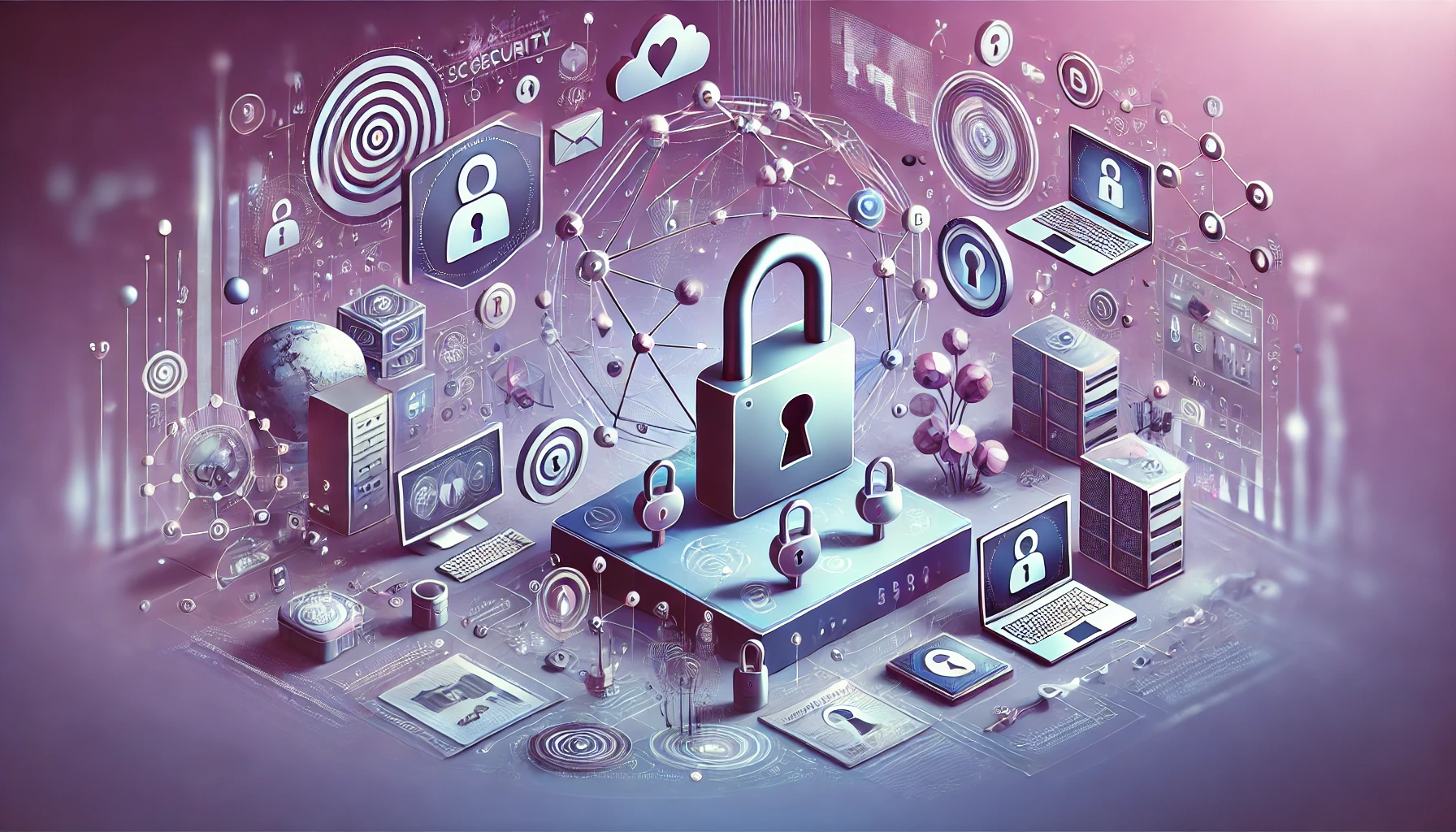Team Building Games for the Workplace: Leadership’s Magic Touch Revealed
In the realm of corporate development, Team Building Games for the Workplace play a pivotal role in fostering a cohesive and productive environment. However, the effectiveness of these activities largely depends on how they are facilitated, particularly by those in leadership roles. This blog post explores the crucial role leaders play in ensuring that team-building games achieve their intended goals.
Team Building Games for the Workplace: Setting Clear Objectives
The first step in a leader’s facilitation role is setting clear objectives for the games. Leaders need to determine what they aim to achieve – be it enhancing communication, resolving conflicts, or simply boosting morale. Leaders should communicate these goals clearly to the team, ensuring that everyone understands the purpose of the activities. This clarity helps to align the team’s efforts with the intended outcomes.
Choosing the Right Activities for Team Building Games for the Workplace
Another key responsibility for leaders is selecting appropriate games. Not all team-building games suit every team or situation. Leaders should consider the dynamics of their team, the individual personalities involved, and the specific areas that need improvement. For instance, a team facing communication issues might benefit more from problem-solving games that require collaboration and open dialogue.

Creating an Inclusive Environment
Leaders must also ensure that the team-building games are inclusive. This means choosing activities that accommodate all team members, regardless of their physical abilities, backgrounds, or skill levels. Leaders should strive to create an environment where every participant feels valued and able to contribute. This inclusivity not only ensures fair participation but also reinforces the sense of belonging and respect within the team.
Facilitating Effective Communication Through Team Building Games for the Workplace
During team-building games, leaders should actively facilitate communication. They can encourage quieter team members to voice their opinions and ensure that dominant personalities do not overshadow others. Effective communication during these activities can lead to improved understanding and collaboration among team members, which is essential for a harmonious workplace.
Providing Feedback and Encouragement
Providing constructive feedback and encouragement is another vital aspect of a leader’s role in team-building games. Leaders should recognize and commend individual and team achievements, providing positive reinforcement. They should also offer constructive feedback in a way that is helpful and motivating, helping team members to grow and learn from the experience.
Translating Learnings to the Workplace
Perhaps the most crucial role of a leader in team building games is bridging the gap between the activities and everyday work situations. Leaders should help their teams apply the skills and lessons learned from the games to their daily tasks and interactions. This application ensures that the benefits of the team-building exercises extend beyond the activities themselves and have a lasting impact on the workplace.
Conclusion
In conclusion, the role of leadership in facilitating Team Building Games for the Workplace is multifaceted and essential. Leaders must not only select and organize these activities but also ensure that they are inclusive, effective, and relevant to the team’s needs. By actively engaging in this process, leaders can significantly enhance the benefits of team-building games, leading to a more cohesive, communicative, and productive team.
Explore how team building games can advance psychological growth and unity in the workplace by reading our insightful article, “Team Building Games for the Workplace: Advancing Psychological Growth and Unity.”








